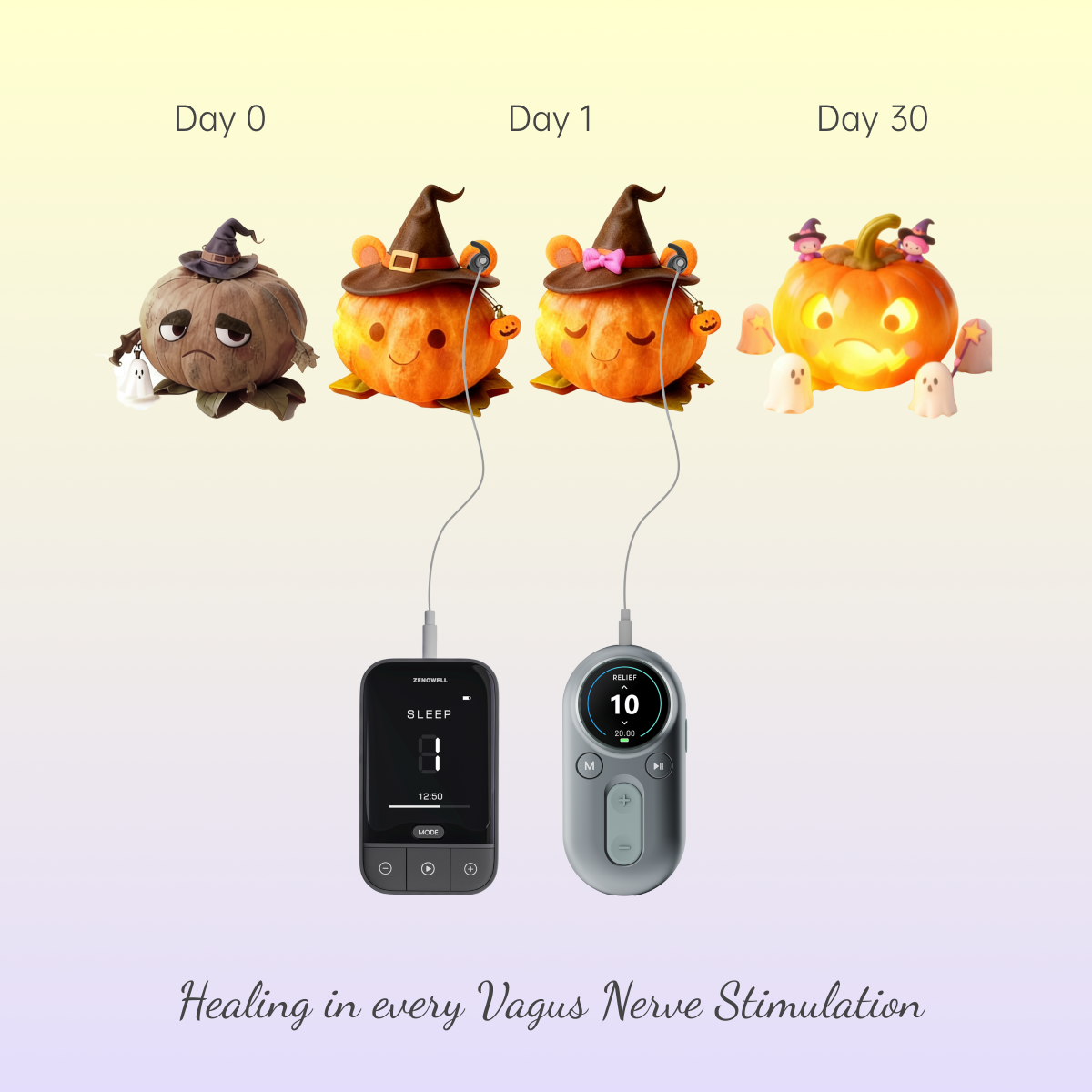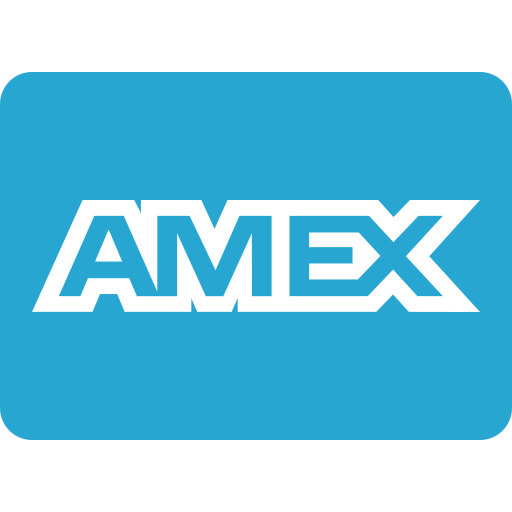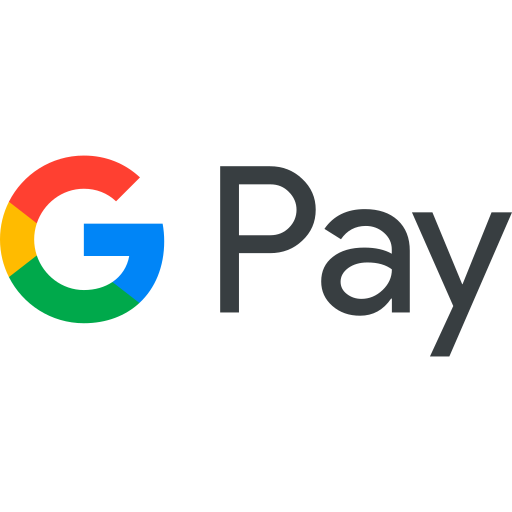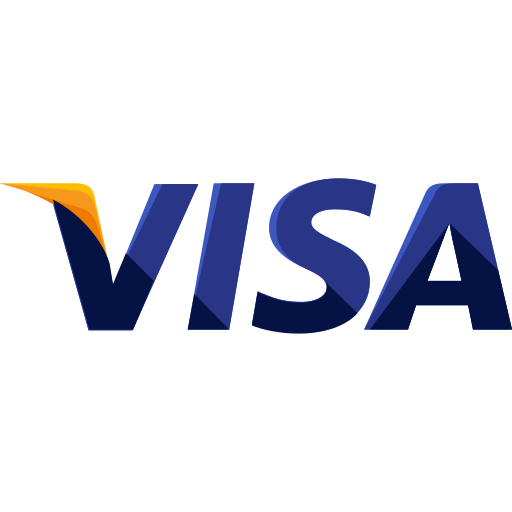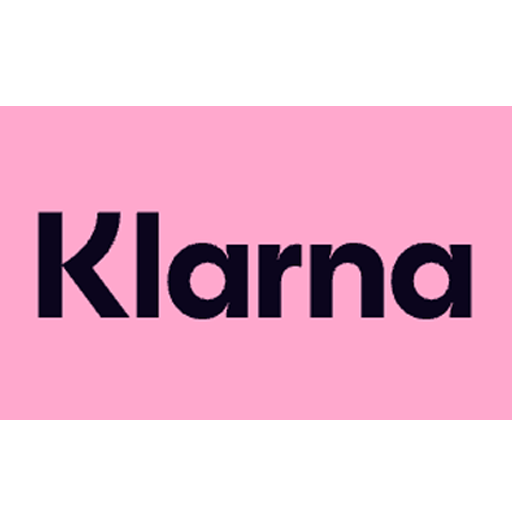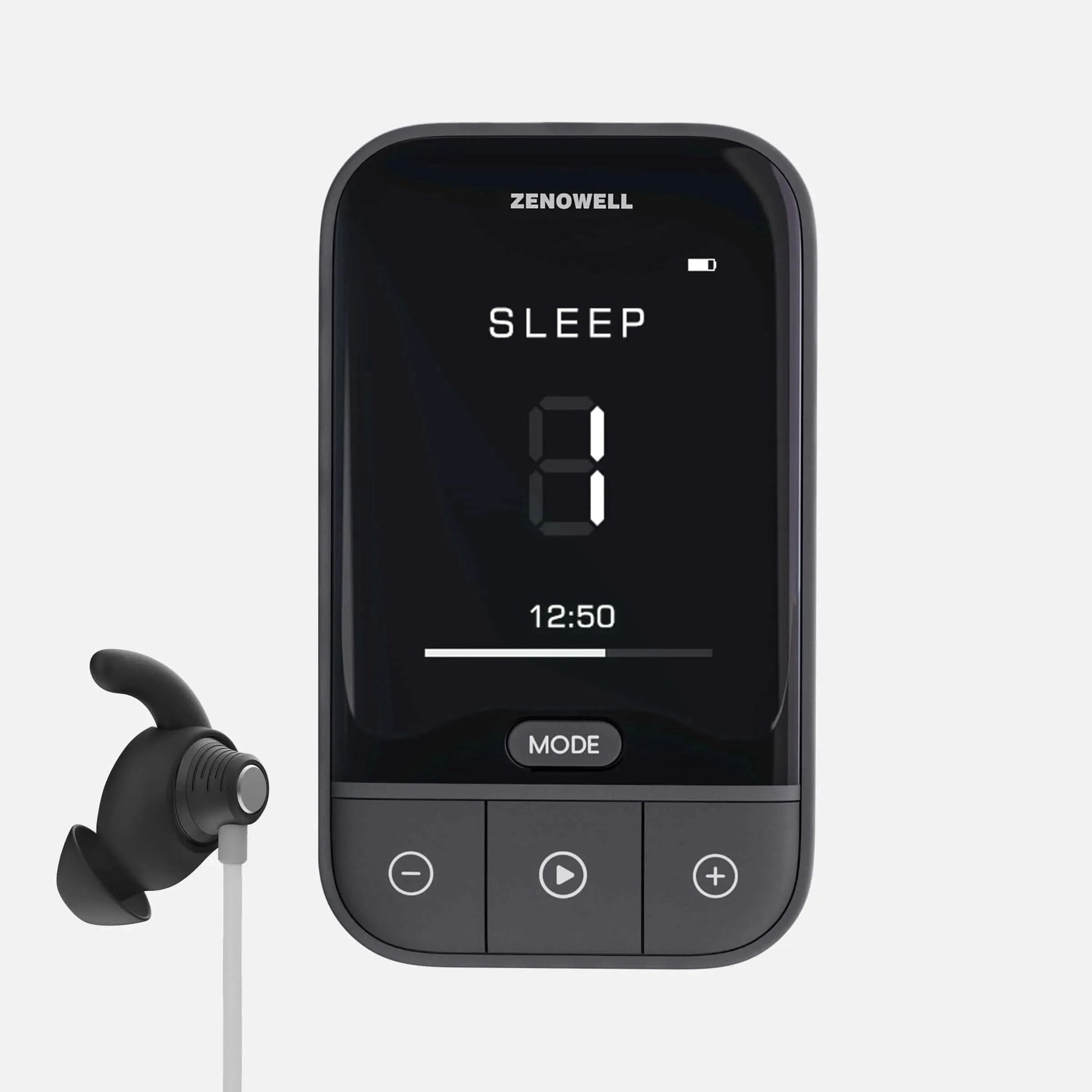Can non-invasive vagus nerve stimulation rescue burnt-out workers? New study reveals cognitive enhancement potential
The Burnout Crisis: When Cognitive Collapse Meets the Medication Gap
As chronic exhaustion and "brain shutdown" become workplace norms, burnout has evolved from psychological distress to measurable brain damage – impairing executive function (EF) through attention deficits and poor decision-making. With no targeted drugs available, a breakthrough study in Neuroimage: Reports offers hope: Transcutaneous Vagus Nerve Stimulation (tVNS) may rapidly boost cognitive efficiency by modulating neural activity, especially in non-burnout individuals.
How "Zapping the Ear" Awakens the Brain
✅ Participants: 1) Burnout group 27 workers scoring >75th percentile on exhaustion scales. 2) Non-burnout group: 24 healthy professionals (age/education-matched)
✅ Methodology: 1) Participants performed an emotional Go/NoGo task requiring error inhibition amid distractions (e.g., spider images). 2) Received alternating real tVNS (tragus+earlobe stimulation) or sham stimulation while EEG recorded brain activity

Key Finding: tVNS "Revvs" Brains – But Burnout Brains Resist?
✨ Behavioral Results
- Non-burnout group reduced errors by 30% with tVNS (1.56%→0.98%, p=0.008)
Burnout group showed no significant improvement - Healthy brains get a precision boost; burnout brains may be too depleted to respond.
🧠 Neural Efficiency Boost
- N2-P3 peak latency (IPL) shortened by 12ms in both groups (169.6ms→157.6ms, p=0.01) during NoGo trials.
- This latency reduction reflects faster neural processing for cognitive control.
- Paradox: Though neural speed increased universally, only non-burnout participants converted this into better performance.

Why Burnout Brains Respond Differently
- 1️⃣ Autonomic Dysregulation: Chronic sympathetic dominance (e.g., reduced HRV) may disrupt tVNS-driven arousal modulation
2️⃣ "Arousal Ceiling" Effect: Burnout workers likely operate at peak alertness per the Yerkes-Dodson law, leaving no room for gains
3️⃣ Neural Debt: Exhausted brains already overdraw cognitive resources, limiting tVNS optimization
The Future: Can tVNS Be a Worker’s Lifeline?
- Short-term: Safe, non-invasive cognitive "fast-charging" for focus during crunch times
- Long-term: Combating burnout requires extended tVNS protocols + combo therapies (e.g., stress management)
- Biomarker Breakthrough: N2-P3 IPL emerges as a neural efficiency gauge for precision interventions
Science-Backed Worker Rescue Guide
- ⚠️ Prevent > Treat: tVNS works best pre-burnout – try 10-min sessions during breaks
- ⚠️ Personalize: Combine with HRV monitoring to tailor stimulation parameters
The Takeaway
We’re decoding burnout’s neural mechanisms. With non-invasive neuromodulation advances, "peak performance" and "brain health" need no longer be mutually exclusive.
💬 Discussion Question:
Have you experienced brain fog? Could office-friendly neurostimulation become the next ergonomic essential? Share your thoughts!
Reference:
Pihlaja, M., & Hartikainen, K. M. (2025). Exploring the impact of transcutaneous vagus nerve stimulation in subjects with and without burnout: Potential benefits for executive function and neural processing. NeuroImage: Reports, 5(3), Article 100268. https://doi.org/10.1016/j.ynirp.2025.100268





